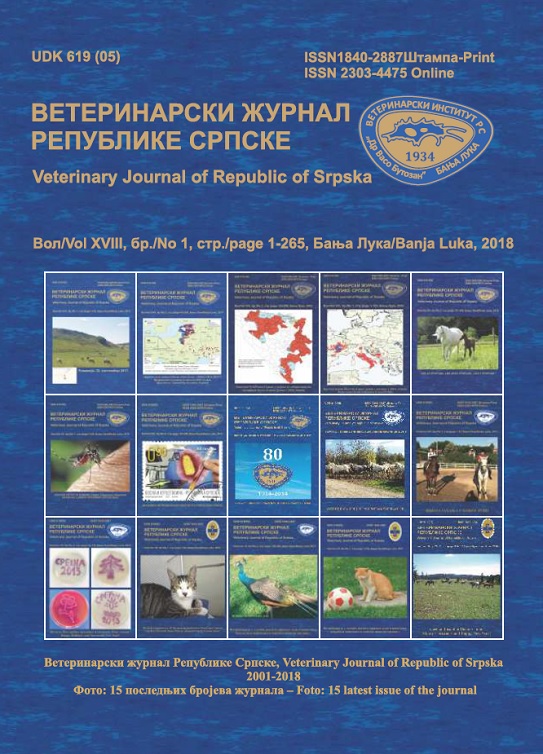APPLICATION OF MEASURES OF DISINFECTON, DISINSECTON AND RODENT CONTROL IN SLAUGHTERHOUSES
DOI:
https://doi.org/10.7251/VETJEN1801183JAbstract
The responsibility of all food business operators is the prevention of
conditions that can lead to the development and spread of foodborne diseases.
Hazard Analysis and Critical Control Points HACCP (Hazard Analysis Critical
Control Point) has been identified as the most effective standardized approach that
reduces the risks of foodborne diseases and is therefore accepted by FAO (Food
and Agriculture Organization) and WHO (World Health Organization). Disinfection,
disinsection and deratization (DDD) is just one of the prerequisite programmes in
the application of the HACCP system in the food industry. By implementing these
measures, manufacturers are closer to their ultimate goal which is a safe product
of high quality. Measures of disinfection, disinsection and deratization are carried
out continuously and involve complex, carefully planned and complete procedures
for destruction of microorganisms, insects and rodents. These measures require a
combination of preventive and curative measures and they must be implemented
in order to achieve the expected effects. Companies that implement DDD measures
must have trained staff who understand the principles of HACCP and know how to
apply these measures in a way that will not pose a risk to the end consumer.

